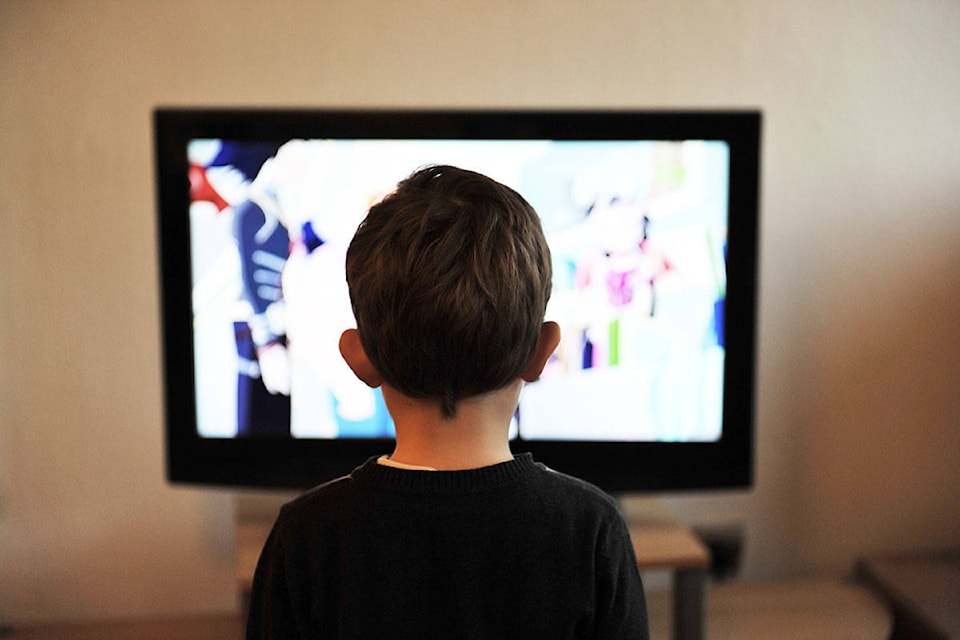Eight in 100 school-age children have experienced suicidal ideas and behaviours, according to a landmark study led by a UBC professor.
The study, published on Mar. 12 in the medical journal Lancet Psychiatry, found children with psychological problems and children exposed to family conflict were most likely to report suicidal thoughts.
The likelihood of suicidal ideas, plans and attempts also increased with longer screen-time use, particularly on weekends.
For the study, UBC psychiatry professor Dr. Sophia Frangou led an international research team in analyzing data from the Adolescent Brain and Cognitive Development (ABCD) study, which is the largest long-term study of brain development and child health in the U.S., comprising 11,875 children aged 9-10 years old.
ALSO READ: Canada’s children have high rates of suicide, child abuse, infant mortality — report
While the “worrying” study used data collected in the U.S., Frangou said it “transcends the boundaries of countries.”
“If you take into account differences across different states and the studies that have been done in Canada, which are smaller,” Frangou said, “when it comes to the most important factors … it’s family function and psychological problems in the children.”
As for screen-time use as a factor for suicidal ideas, plans and attempts, Frangou said “we have to be very careful how one interprets this.”
“It is true that children who spend more time using different digital devices were more likely to have these suicidal thoughts, but we cannot say that this association is causal,” she said. “It’s equally likely that troubled children … they may find refuge and escape in engaging in different games.”
ALSO READ: ‘Time to take action’ — Children advocates call for national youth suicide strategy
For successful prevention of suicide in school-age children, Frangou said it’s “critically dependent on reducing risk factors while promoting factors that can have a protective effect.”
“The risk and protective factors we identified in this study are particularly useful as they can be addressed here and now, and modified through interventions aimed at identifying and targeting childhood mental health disorders, increasing school engagement, and providing support to families,” she said.
ALSO READ: BC Children’s warns of glamorizing self-harm on World Suicide Prevention Day
Moving forward, Frangou and her research team are using brain imaging to identify brain activity that corresponds with suicidal ideas, plans and attempts in children as well as adolescents.
They also plan to use data from follow-up assessments of the ABCD study to map the trajectories of suicidal ideas, plans and attempts in youth, and examine how these may be influenced by social interactions.
ALSO READ: Doctors aims to scale up youth suicide prevention program across Canada
According to the Canadian federal government and the National Institute of Mental Health, suicide is the second leading cause of death for children and adolescents in Canada and the U.S.
If you feel like you are in crisis or are considering suicide, please call the Crisis Centre BC suicide hotline at 1-800-784-2433.
Other resources include: Canada Suicide Prevention Service at Toll free: 1-833-456-4566. You can also text 45645 or visit the online chat service at crisisservicescanada.ca.
Some warning signs include suicidal thoughts, anger, recklessness, mood changes, anxiety, lack of purpose, helplessness and substance abuse.
karissa.gall@blackpress.ca
Like us on Facebook and follow us on Twitter
